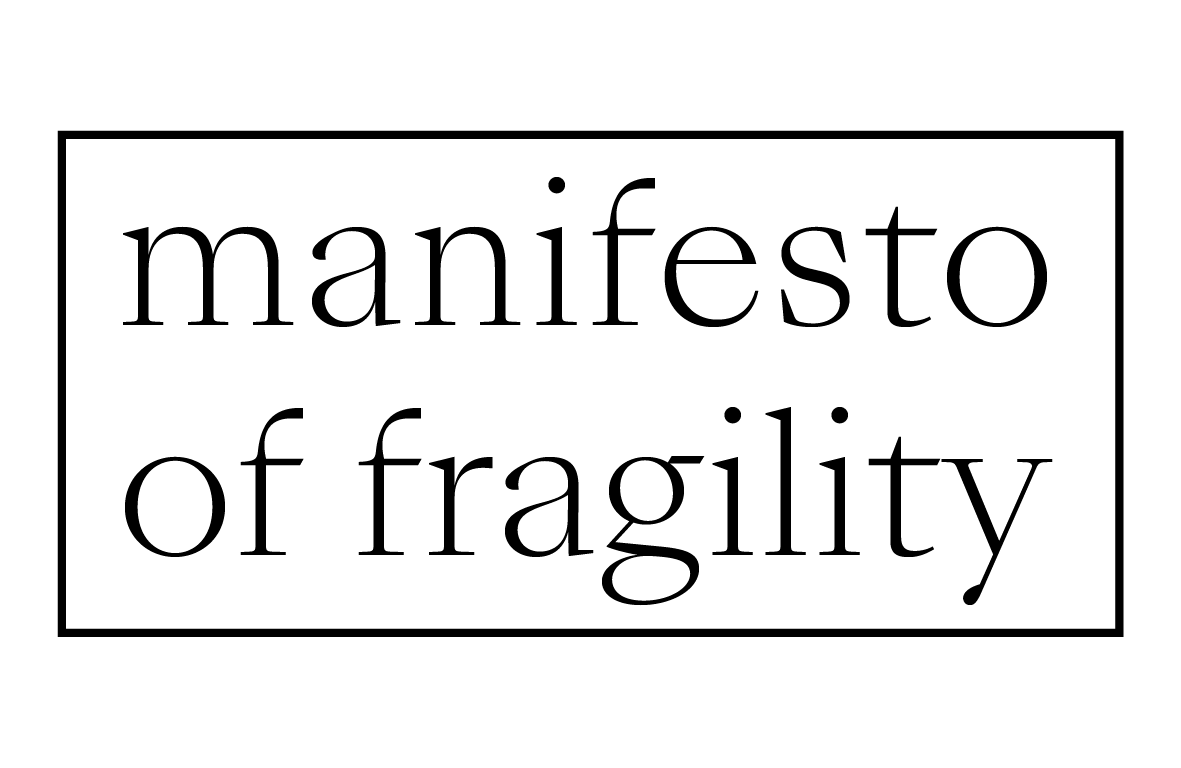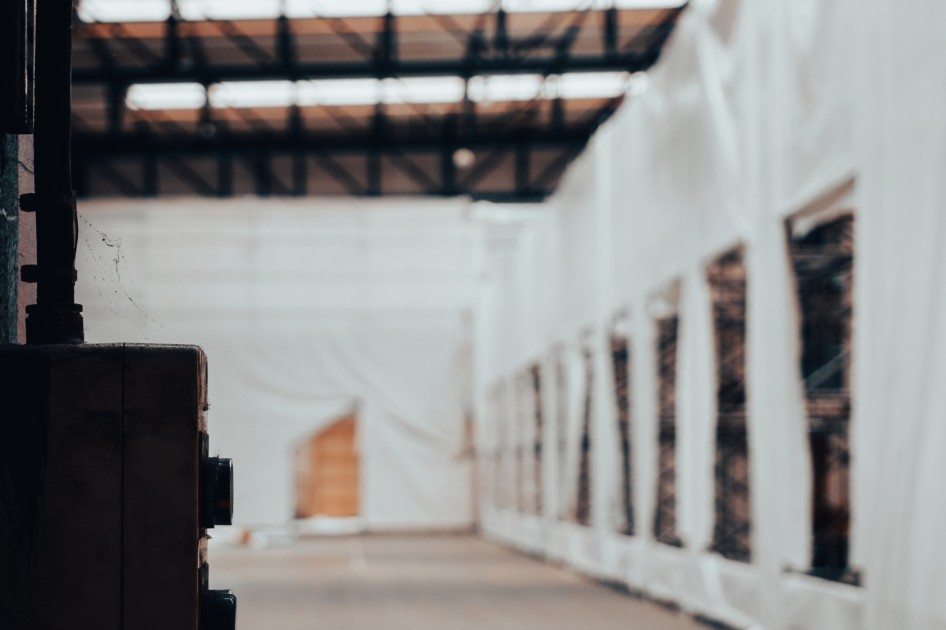The 16th edition of the Lyon Biennale will materialize across numerous sites. Many works will be adapted to the unique architectural contexts in which they will be shown, including several large-scale immersive installations. The Biennale will expand beyond its customary venues in Lyon into locations throughout the city in order to welcome the participation of the broadest possible public.
Biennale Venues
Old Fagor factories
A former industrial jewel at the heart of Lyon’s working-class history,
the Fagor-Brandt household appliance factory still employed
1,800 people at the end of the 20th century. Since its closure in
2015, the 29,000 m2 site has been reconverted into a cultural
space, and welcomes many visitors on the occasion of its artistic
schedule, which brings this place back to life.
Fourvière Museum
The Fourvière Museum is a private museum of sacred art. Created
in 1960, its first vocation was to make the public discover the richness
of the art and culture of Christianity. The museum also owns
the Fourvière treasure, gathering pieces of silverware from the
19th and 20th centuries. This place, currently under renovation, is
reinventing itself to pursue its mission of transmission.
The Gadagne MHL Museum
Located in the heart of Old Lyon, the Hôtel de Gadagne, built
during the Renaissance by the Pierrevive brothers, has been
home to the collections of the Lyon History Museum since 1921.
With nearly 80,000 items, they give an overview of the different
faces of the capital of the Gauls, which is as much the city of silk
as of workers’ revolts, the chemical and pharmaceutical industries
and the cinema.
URDLA - Villeurbanne
Established in a former factory in Villeurbanne, the URDLA is a
hybrid place, both a production workshop and a distribution tool.
Preserving historical presses and century-old lithographic stones,
the space is dedicated to the development and conservation of
printmaking.
LPA - République
Car-park operator LPA was established by the Lyon metro authority
in 1969, when Louis Pradel was mayor of Lyon, two years
before the Fourvière Tunnel opened. In 1989, LPA chairman
Serge Guinchard brought art into its facilities, with works by leading
contemporary figures such as Daniel Buren and François
Morellet at the Célestins and République car parks respectively.
The idea was to make car parks cultural venues accessible to all,
promoting interaction between car users and pedestrian visitors.
Lugdunum - Museum & Gallo-Romain Museum
The Gallo-Roman Museum of the city of Lyon is designed as an
underground concrete cathedral, anchored on the Fourvière hill.
Inaugurated in 1975, it stands on the site of the Roman city, Lugdunum,
founded in 43 BC. The brutalist architecture, integrated
into the landscape, highlights the surrounding archaeological elements
and serves as a showcase for the collections. This diachronic
arrangement testifies to the layering of time in the city, and very
contemporary pieces will be mixed in.
Lyon Contemporary Art Museum (macLYON)
Established since 1995 on the site of the Cité internationale, a
vast architectural complex on the edge of the Parc de la Tête d’Or,
the Musée d’art contemporain de Lyon (macLyon), designed by
the architect Renzo Piano, combines a 1920s façade by Charles
Meysson, from the former palaces of the Foire de Lyon, with a
contemporary red brick volume.
The Museum of Fine Arts
In the heart of the city, the museum of Fine Arts preserves in the
Palais Saint-Pierre an important collection which extends from
Antiquity to the XXth century. The collections are organized in
chronological order, in order to give to the visitor a journey through
time, according to the encyclopedic ideal of Les Lumières. This
historical density makes possible the confrontation of eras.
Guimet Museum
Inaugurated in 1913 in a building in the 6th arrondissement according
to plans designed by Tony Blein and closed to the public
since 2007, the Guimet Museum of Natural History housed a wide
variety of collections - from non-European ethnology to natural
sciences and pontifical missionary works.
The Parc de la tête d'or and the pavillon du Parc
Designed by the Bühler brothers and laid out in 1857, the Parc
de la Tête d’Or is a place of relaxation and leisure, as well as a
botanical and zoological garden, a rose garden and an orangery.
Located on the banks of the Rhône, it is also home to the Pavillon
du Parc, a former restaurant, empty and abandoned since 2015.
Part-Dieu train station
Commissioned in 1983, the Part-Dieu railway station replaced the former Lyon-Brotteaux station. Designed by Eugène Gachon and Jean- Louis Girodet, it was built as part of the urban development of the Part-Dieu district, which also houses a major business centre and a huge shopping centre. It is the leading European railway station in terms of the number of connecting passengers, and the first provincial station in terms of annual passenger numbers. It is also the leading hub for Lyon public transport system, making the district a true contemporary metropolitan hub crossed daily by half a million journeys. As part of the major redevelopment project of the Part-Dieu area, the station is currently undergoing important extension work.
-
Lieux d'intérêts BAC 2022
Cimetière de Loyasse
Reputed to be one of the most beautiful in the city, the Loyasse cemetery was created in 1808 to ma…
-
Les Célestins, Théâtre de Lyon
A former convent of the Celestines established in the 15th century, the building became a theater a…
-
Lieux d'intérêts BAC 2022
Grand Hôtel Dieu
The origins of the Grand Hôtel Dieu date back to the 12th century. It was the first hospital built…
-
Lieux d'intérêts BAC 2022
Poste Antonin Poncet
On the Place Antonin Poncet, where the Hospital de la Charité stood, next to the Grand Hôtel Dieu,…
-
Lieux d'intérêts BAC 2022
Place Bellecour
Located in the heart of the Presqu'île, the Place Bellecour and its equestrian statue is an emblema…
-
Lieux d'intérêts BAC 2022
Halle Tony Garnier
Initially designed by Tony Garnier to house the "Mouche slaughterhouses", the building was recovere…
-
Lieux d'intérêts BAC 2022
Jardin botanique
The large greenhouses of the current Botanical Garden were built between 1860 and 1880. They were h…
-
Lieux d'intérêts BAC 2022
Basilique de Fourvière
Covering the ruins of the ancient Roman forum of Lugdunum, the Fourvière hill was dedicated to the…
-
Lieux d'intérêts BAC 2022
Palais de la Bourse
The Palais de la Bourse was the site of important political, economic and cultural issues in Lyon.…
-
Lieux d'intérêts BAC 2022
Place des Terreaux
During the Terror regime of 1793, and yet far from Paris, the population of Lyon did not escape the…
-
Lieux d'intérêts BAC 2022
Rue de la Quarantaine
Built on an ancient Roman road, Rue de la Quarantaine owes its name to the hospital that was set up…

